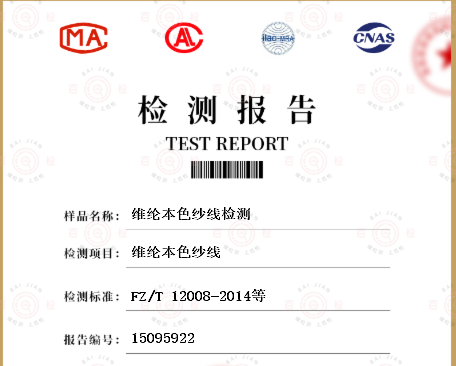BS EN 50083-10-2002 电视和声音信号的电缆分配系统.回程线路的系统性能
百检网 2021-07-14
标准号:BS EN 50083-10-2002
中文标准名称:电视和声音信号的电缆分配系统.回程线路的系统性能
英文标准名称:Cabled distribution systems for television and sound signals - System performance for return paths
标准类型:M60
发布日期:2002/4/18 12:00:00
实施日期:2002/4/18 12:00:00
中国标准分类号:M60
国际标准分类号:33.060.40
适用范围:1 General Standards of EN 50083 series deal with cable networks for television signals, sound signals and interactive services including equipment, systems and installations - for headend-reception, processing and distribution of television and sound signals and their associated data signals, and - for processing, interfacing and transmitting all kinds of signals for interactive services using all applicable transmission media. All kinds of networks like - CATV-networks - MATV-networks and SMATV-networks - individual receiving networks and all kinds of equipment, systems and installations installed in such networks, are within this scope. The extent of these standardisation work is from the antennas, special signal source inputs to the headend or other interface points to the network up to the system outlet or the terminal input, where no system outlet exists. The standardisation of any user terminals (i.e. tuners, receivers, decoders, multimedia terminals etc.) as well as of any coaxial and optical cables and accessories therefor is excluded. 2 Specific scope of this part 10 This standard is dealing with the transparent return path of cable networks operated in the frequency range between 5 MHz and 65 MHz or parts thereof. Higher frequencies may be used in fibre based networks. NOTE In addition it is possible to use the frequency range from 0 MHz to 5 MHz for return path transmissions, e.g. for NMS or other control, monitoring and signalling purposes. Applications below 5 MHz are not covered by this standard. An active return path carries typically only return signals. A passive return path can be used for both return and forward signals. This standard lays down the basic methods of measurement for signals typically used in the return path of cable networks in order to assess the performance of those signals and their performance limits. All requirements refer to the performance limits which shall be obtained between the reference points (Figure 1) of the return path system. One reference point is the network termination close to the subscriber. It is the last point where all forward and return signals are present and carried on the same cable. If no network termination point exists, the reference point is the system outlet. The other reference point is the input of the return signal receiver (or transceiver). At this point the transparent signal path ends and behind this point the signal is treated in a non-transparent way. The return signal receiver can be situated at the headend but can also be at the node of the coaxial cell or at any other point of the network. In addition to the system performance requirements for the transparent return path, system performance recommendations were laid down in this standard e.g. for the overall frequency allocation, for the use of specific modulation techniques for different interactive multimedia services or for different sub-bands within the return path frequency range, etc. Specific equipment installed in cable networks for the operation of such return paths is standardised in the relevant equipment standards, parts 3 to 6 of the EN 50083 series. Transmission systems are not within the scope of this standard.
中文标准名称:电视和声音信号的电缆分配系统.回程线路的系统性能
英文标准名称:Cabled distribution systems for television and sound signals - System performance for return paths
标准类型:M60
发布日期:2002/4/18 12:00:00
实施日期:2002/4/18 12:00:00
中国标准分类号:M60
国际标准分类号:33.060.40
适用范围:1 General Standards of EN 50083 series deal with cable networks for television signals, sound signals and interactive services including equipment, systems and installations - for headend-reception, processing and distribution of television and sound signals and their associated data signals, and - for processing, interfacing and transmitting all kinds of signals for interactive services using all applicable transmission media. All kinds of networks like - CATV-networks - MATV-networks and SMATV-networks - individual receiving networks and all kinds of equipment, systems and installations installed in such networks, are within this scope. The extent of these standardisation work is from the antennas, special signal source inputs to the headend or other interface points to the network up to the system outlet or the terminal input, where no system outlet exists. The standardisation of any user terminals (i.e. tuners, receivers, decoders, multimedia terminals etc.) as well as of any coaxial and optical cables and accessories therefor is excluded. 2 Specific scope of this part 10 This standard is dealing with the transparent return path of cable networks operated in the frequency range between 5 MHz and 65 MHz or parts thereof. Higher frequencies may be used in fibre based networks. NOTE In addition it is possible to use the frequency range from 0 MHz to 5 MHz for return path transmissions, e.g. for NMS or other control, monitoring and signalling purposes. Applications below 5 MHz are not covered by this standard. An active return path carries typically only return signals. A passive return path can be used for both return and forward signals. This standard lays down the basic methods of measurement for signals typically used in the return path of cable networks in order to assess the performance of those signals and their performance limits. All requirements refer to the performance limits which shall be obtained between the reference points (Figure 1) of the return path system. One reference point is the network termination close to the subscriber. It is the last point where all forward and return signals are present and carried on the same cable. If no network termination point exists, the reference point is the system outlet. The other reference point is the input of the return signal receiver (or transceiver). At this point the transparent signal path ends and behind this point the signal is treated in a non-transparent way. The return signal receiver can be situated at the headend but can also be at the node of the coaxial cell or at any other point of the network. In addition to the system performance requirements for the transparent return path, system performance recommendations were laid down in this standard e.g. for the overall frequency allocation, for the use of specific modulation techniques for different interactive multimedia services or for different sub-bands within the return path frequency range, etc. Specific equipment installed in cable networks for the operation of such return paths is standardised in the relevant equipment standards, parts 3 to 6 of the EN 50083 series. Transmission systems are not within the scope of this standard.
百检能给您带来哪些改变?
1、检测行业全覆盖,满足不同的检测;
2、实验室全覆盖,就近分配本地化检测;
3、工程师一对一服务,让检测更精准;
4、免费初检,初检不收取检测费用;
5、自助下单 快递免费上门取样;
6、周期短,费用低,服务周到;
7、拥有CMA、CNAS、CAL等权威资质;
8、检测报告权威有效、中国通用;
客户案例展示
相关商品
版权与免责声明
①本网注名来源于“互联网”的所有作品,版权归原作者或者来源机构所有,如果有涉及作品内容、版权等问题,请在作品发表之日起一个月内与本网联系,联系邮箱service@baijiantest.com,否则视为默认百检网有权进行转载。
②本网注名来源于“百检网”的所有作品,版权归百检网所有,未经本网授权不得转载、摘编或利用其它方式使用。想要转载本网作品,请联系:service@baijiantest.com。已获本网授权的作品,应在授权范围内使用,并注明"来源:百检网"。违者本网将追究相关法律责任。
③本网所载作品仅代表作者独立观点,不代表百检立场,用户需作出独立判断,如有异议或投诉,请联系service@baijiantest.com
行业热点


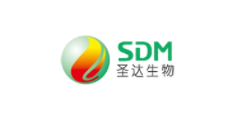
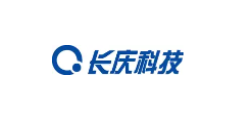


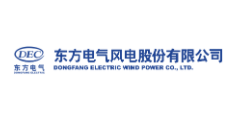
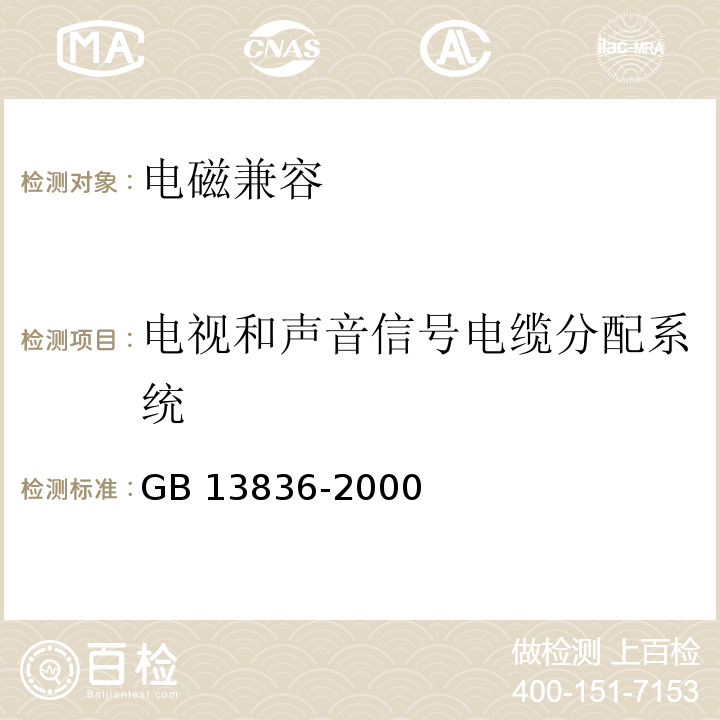
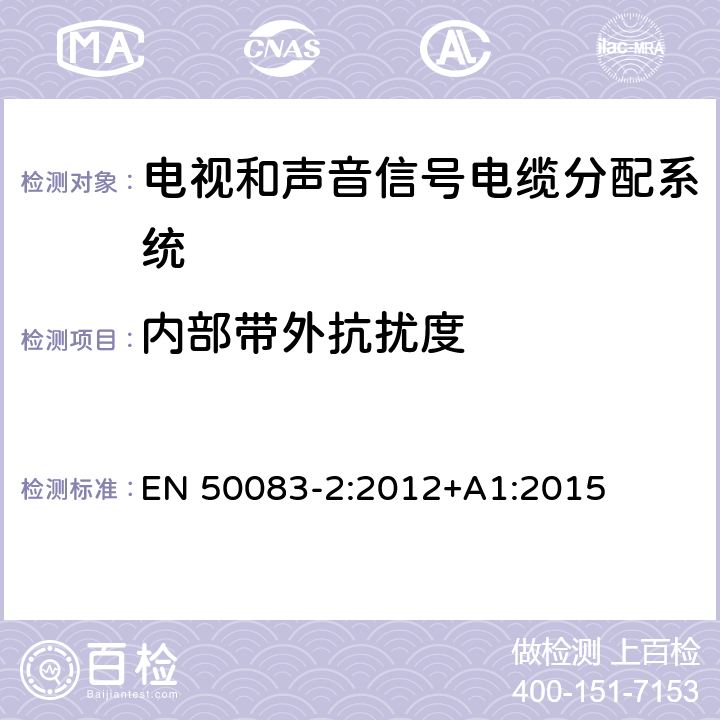
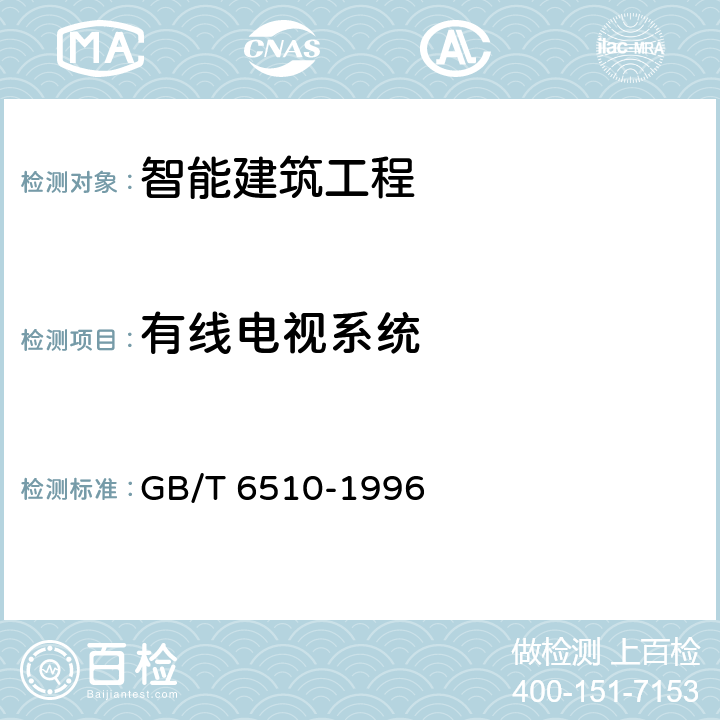

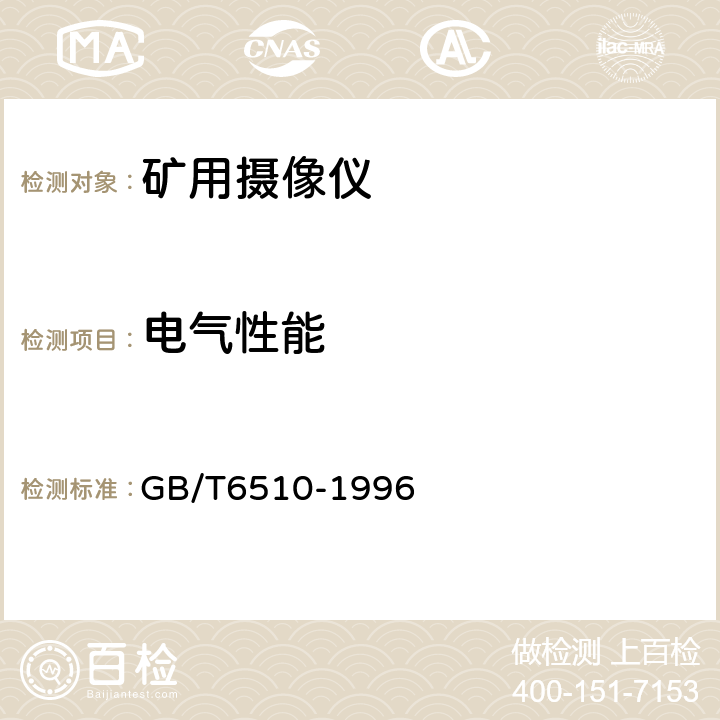
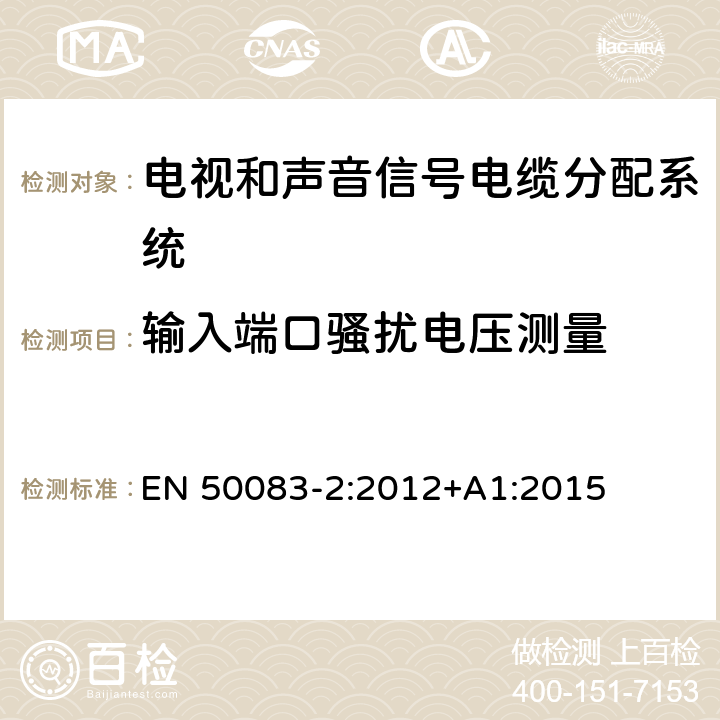
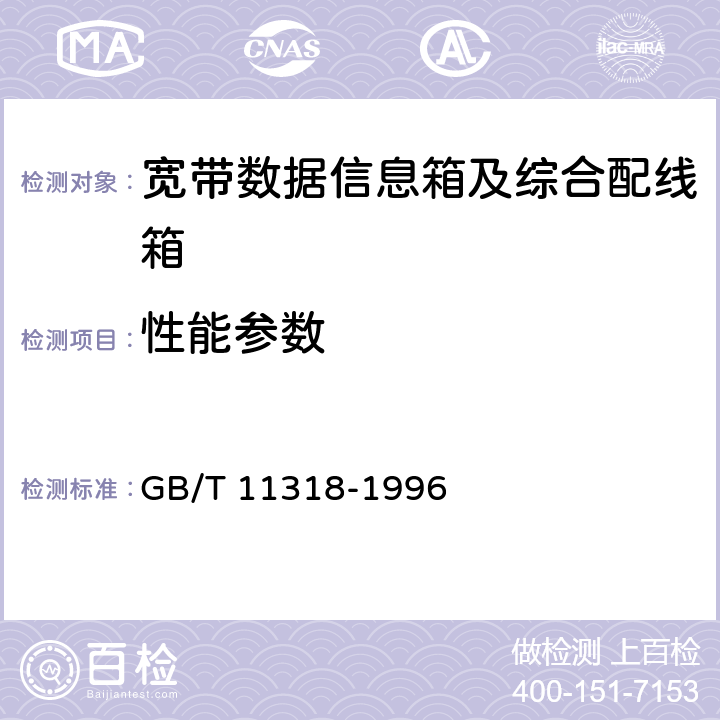
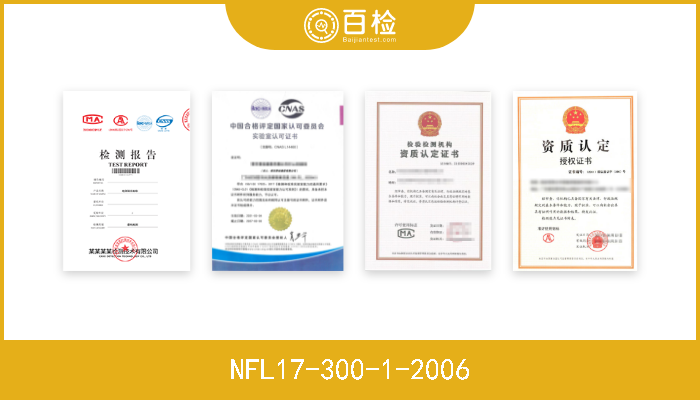
国家.png)



